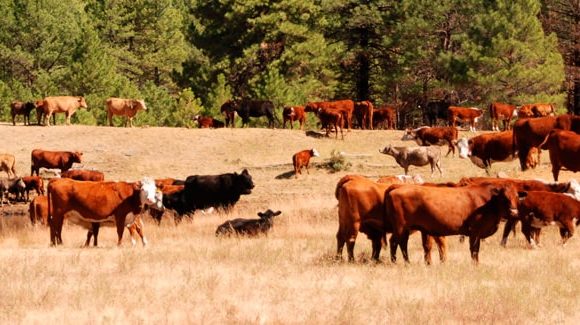The local food revolution has come to Cleveland—big time. The city now has so many community gardens, farmers markets, community-supported agriculture (CSA) subscriptions, urban farms, celebrity chefs, and local- food procurement programs that the environmental web site, SustainLane, recently ranked Cleveland as the second best local-food city in the United States. But the region has only just begun to tap the myriad benefits of local food.
The following study analyzes the impact of the 16-county Northeast Ohio (NEO) region moving a quarter of the way toward fully meeting local demand for food with local production. It suggests that this 25% shift could create 27,664 new jobs, providing work for about one in eight unemployed residents. It could increase annual regional output by $4.2 billion and expand state and local tax collections by $126 million. It could increase the food security of hundreds of thousands of people and reduce near- epidemic levels of obesity and Type-II diabetes. And it could significantly improve air and water quality, lower the region’s carbon footprint, attract tourists, boost local entrepreneurship, and enhance civic pride.





